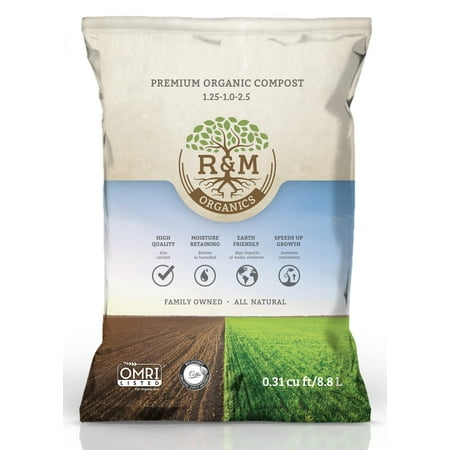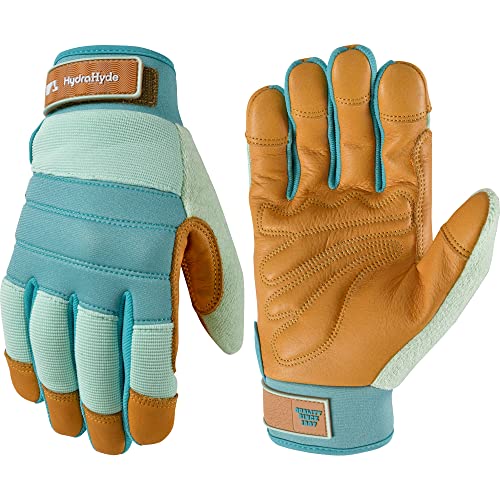Best edible evergreens – 5 beautiful plants for a sustainable, year-round harvest
These evergreens will add a sensory element to your plot at all times of the year
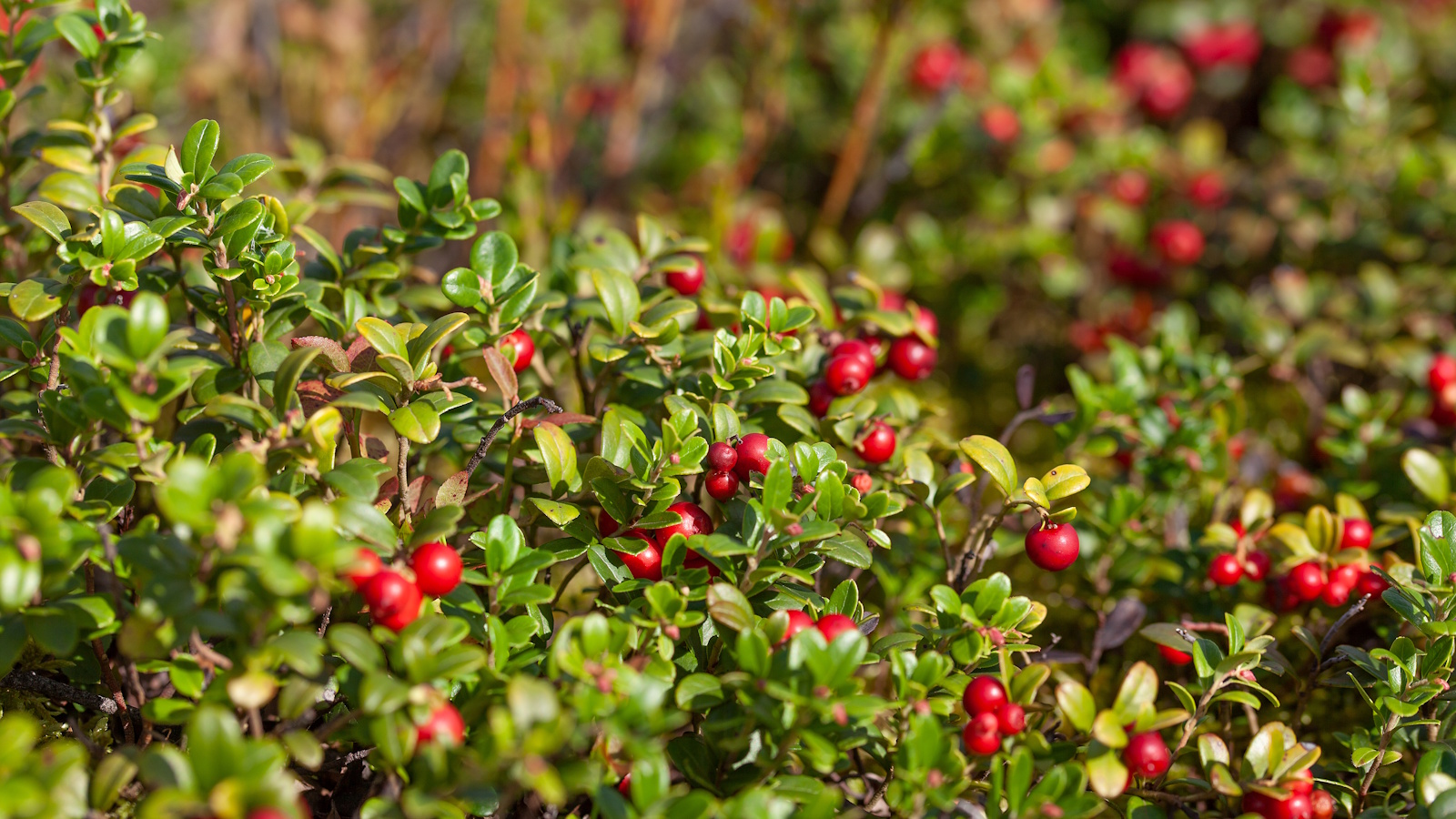

Evergreens are the foundation of any well-designed garden, providing structure, texture and interest at all times of year. There are a handful of evergreens that not only look good but also have edible fruits or foliage, making them a must-have for gardeners looking to combine beauty with function.
Growing edible evergreens can ensure a sustainable harvest throughout the year, which is ideal if you want to grow your own food. As a professional gardener, I know that having access to herbs or edibles in every season is important, helping to add that sensory dimension to any space, regardless of size.
Here, garden experts reveal five edible and fragrant evergreens to grow this year, including tips on how to care for each species. So, whether you want to plant up a small pot on a balcony or add winter interest to a border in your yard, this guide is sure to help.

Rosemary shrubs produce floral fragrance during every season
Best edible evergreens
Landscaping with evergreens is a great way to maintain interest even when perennials and annuals fade at the end of summer. Fortunately, some of the easiest evergreen shrubs are also edible, thereby adding a culinary element to any yard. So, if you are exploring kitchen garden ideas this year, consider incorporating one or two of the following edible evergreens.
1. Olive
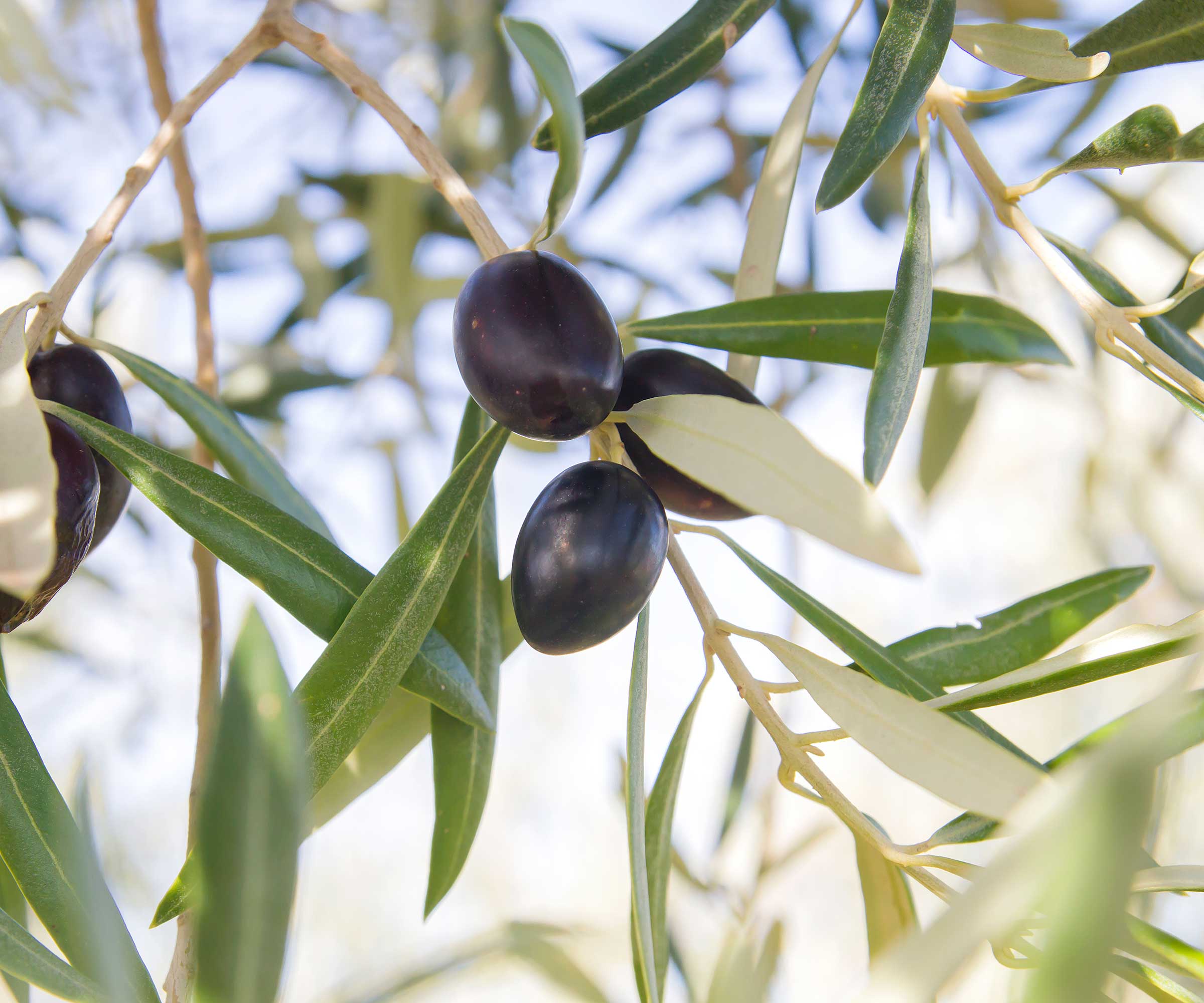
Delicious green and black olives are typically harvested in the fall
Not only are olive trees evergreen, but they are a source of delicious, homegrown fruits - and who wouldn't enjoy a crop of succulent olives each fall? Olive trees are available to order from Perfect Plants Nursery.
Olive trees, Olea europaea, are native to Europe and thrive in warm and sunny regions, growing best in US hardiness zone 8 and above. In cooler areas, you could grow an olive tree in a pot, but be sure to protect it during the winter.
'In terms of olive tree care, remember that they are sun worshippers, producing masses of flowers and fruits when they enjoy eight or more hours of sunshine each day,' says Alex Kantor, owner of Perfect Plants Nursery. 'Growing olives requires patience, as fruit typically appears after three to five years in the ground - but it is certainly worth it.
'Younger olive trees will require more water, but once the tree has matured, you can probably drop to monthly watering unless there is an extended drought.
'As with all fruit trees, you must feed your olive tree to generate a good harvest,' Alex adds. 'This should be done once in the spring and once in the mid to late summer.' Olive fertilizer is available from Amazon.
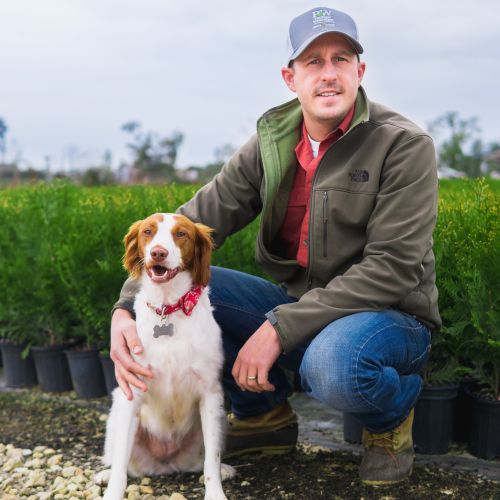
Alex has worked in the horticultural industry for over 20 years and grew up on the farm since his childhood years. Alex is an expert on landscape trees, shrubs, and indoor plants. He is passionate about growing and helping others learn the trade.
2. Rosemary

Rosemary sprigs can be cut at all times of the year and used in cooking
If you enjoy aromatic herbs, chances are you might like rosemary. As a hardy, evergreen, rosemary offers both culinary and ornamental benefits and is considered an easy herb that doesn't need winterizing. Live rosemary plants are available to order from Amazon.
'With needle-like foliage and floral scent, rosemary bushes will add year-round structure to any garden,' says Reese Robbins, garden expert and creator of Just Pure Gardening.
'In terms of how to grow rosemary, like other evergreen herbs it does best when planted in US hardiness zones 8 to 10,' Reese adds. 'In cooler regions, choose varieties that are better suited to your zone, such as Salvia rosmarinus 'Alcalde' or 'Arp', both of which can tolerate conditions in the cold north.
'Wherever you garden, be sure to give rosemary plants a good amount of sunshine each day,' Reese says, 'ideally in a spot with six hours each day. Prune your rosemary in spring once flowering has finished, and lightly in fall to remove any dead or damaged stems. Trimming each year will prevent your herbs from becoming woody or leggy.'
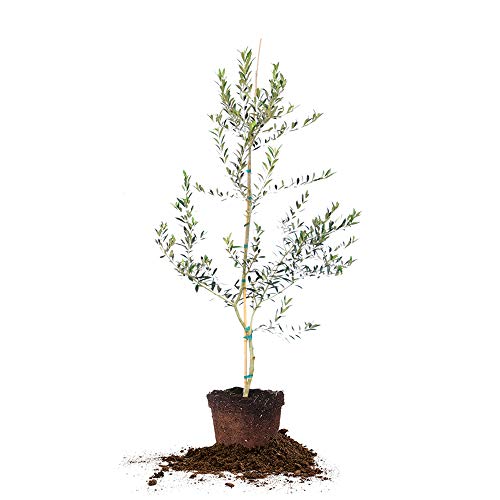
This four to five feet live olive trees is perfect for planting in borders or containers to keep on the patio or front porch.
3. Loquat
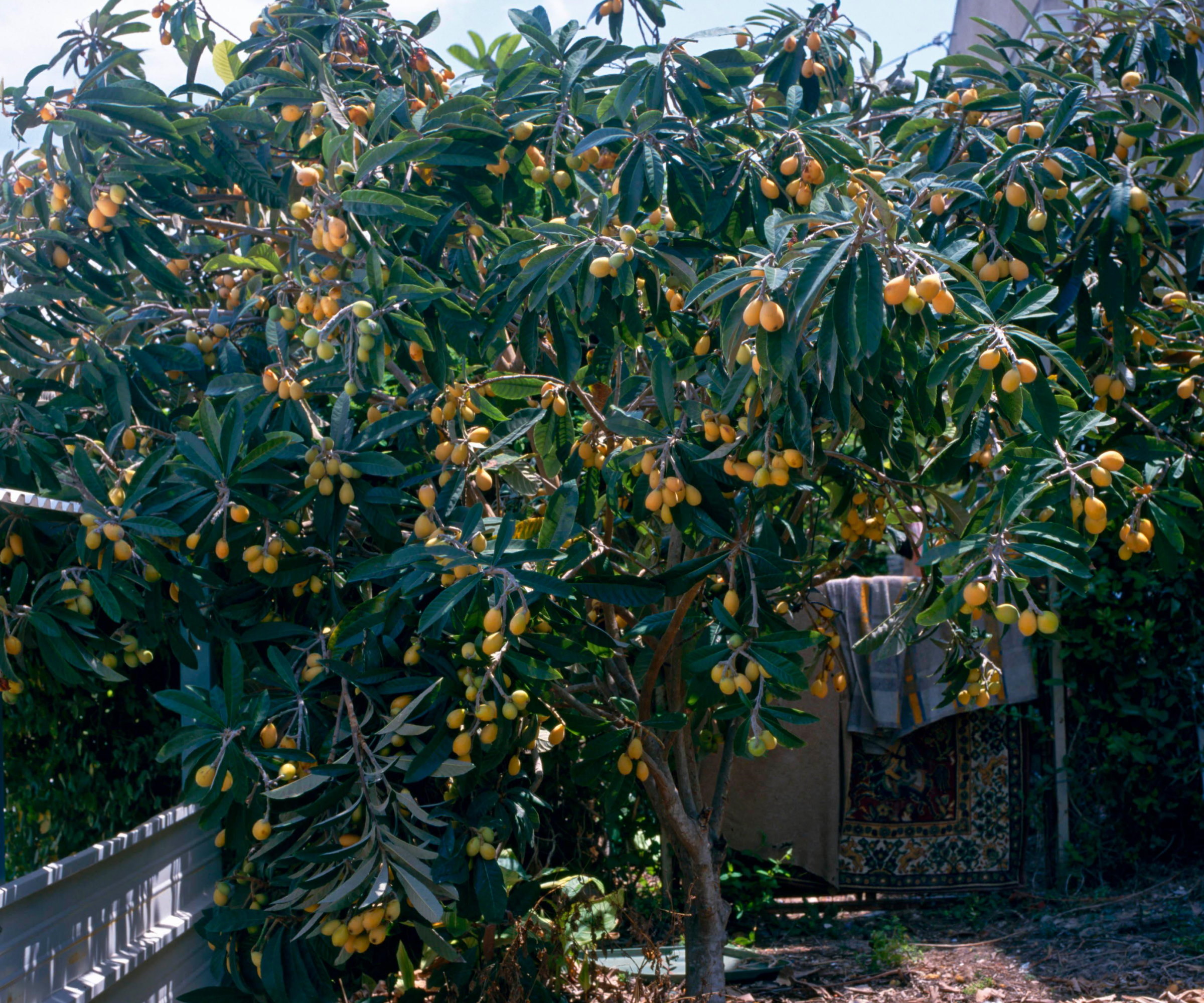
Loquats are ideal evergreens for adding height and structure to backyards
Loquats, or Eriobotrya japonica, are both underappreciated and underused in gardens. As some of the easiest evergreen trees to grow, loquats provide dense and lush foliage for the entirety of the year, as well as orange fruits in late winter to early spring. They can grow to 25 feet tall, so it is a good idea to provide them with plenty of space, although they can easily be pruned to limit size and spread.
In terms of how to grow loquats, they do best in mild regions, thriving in US hardiness zones 8, 9 and 10. Loquats prefer a full sun location although they will tolerate partial shade, but know that less sunshine does result in fewer fruits.
You could also try growing this species in a large container on a sunny balcony or patio, just be sure to water well during the summer months to ensure that you enjoy plenty of tangy, apricot-like fruits.
Live loquat trees are available to order from Amazon.
4. Bay
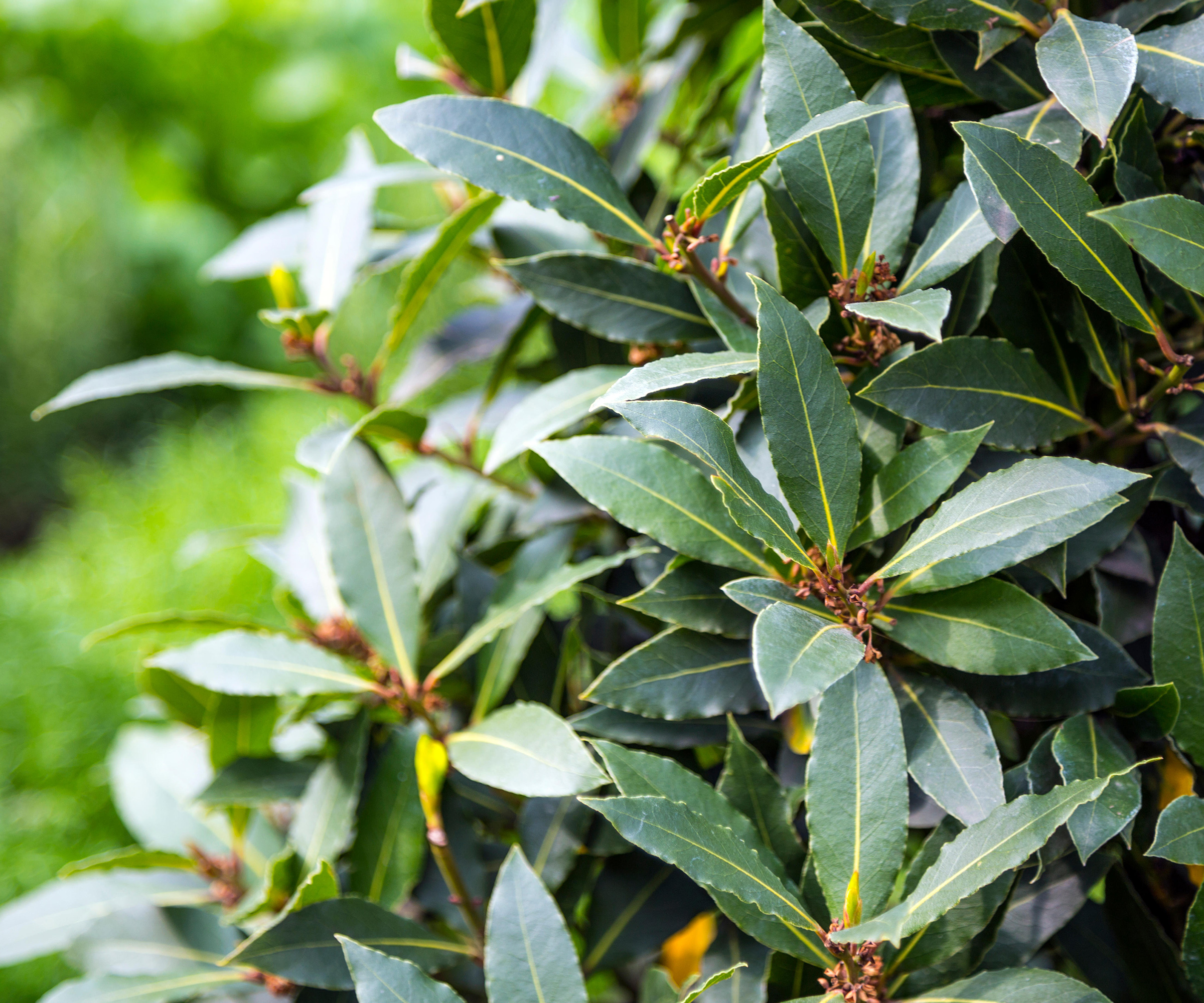
Bay leaves are a staple in many culinary dishes, and can be picked and used at all times of year
Considered one of the best fragrant hedge plants, bay laurel, or Laurus nobilis, is a staple herb used by chefs worldwide. Native to the Mediterranean region, bay laurel is an evergreen that packs a flavorsome punch, with the leaves delivering a strong and herbal note to a range of dishes.
Growing well from US hardiness zone 6 plus, bay laurel has a preference for full sun to partial shade and well-draining soil. While it is slow growing, bay laurel can eventually reach 40 feet, although this would take a considerable time. In most instances, bay laurel is grown in containers and placed near the kitchen door, to provide easy access when you need to snip a stem or two for supper.
In general, there are very few bay tree problems to be aware of, although when growing in pots, you may find your bay tree quickly becomes root-bound and may benefit from repotting every two years.
Live bay trees are available from Walmart.
5. Lingonberry
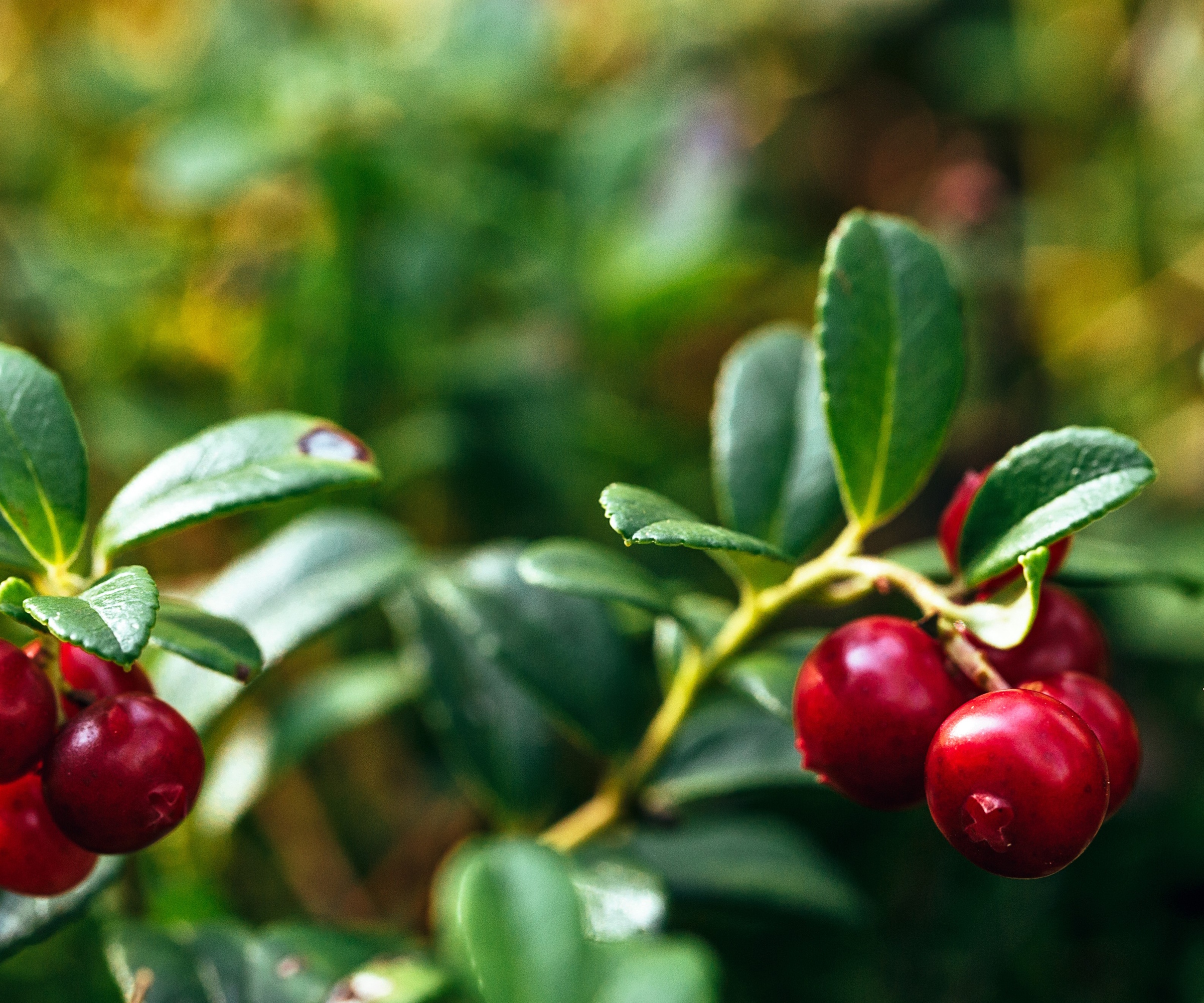
This low-growing evergreen produces crimson fruits in the summer and fall months that can be made into delicious jams or smoothies
Lingonberry, orVaccinum vitas-idaea, is an evergreen ground cover plant with edible fruits. This compact and robust species is native to North America and Europe, typically found growing in cooler, northerly regions.
'When considering how to grow lingonberry, this resilient species can be grown down to US hardiness zone 2, thriving in part shade and peaty or acidic soils,' says Tabar Gifford, plant expert and American Meadows master gardener.
'This native plant is low-growing, only reaching one to two feet tall, so position it towards the front of the border,' Tabar adds. 'From late spring to early summer, you should enjoy plenty of small pink flowers, which develop into berries by the fall. Lingonberries have a taste somewhere between a cranberry and a blueberry, and growing your own is a great idea as they are hard to come by in stores.'
Lingonberry starter plants are available to order from Amazon.
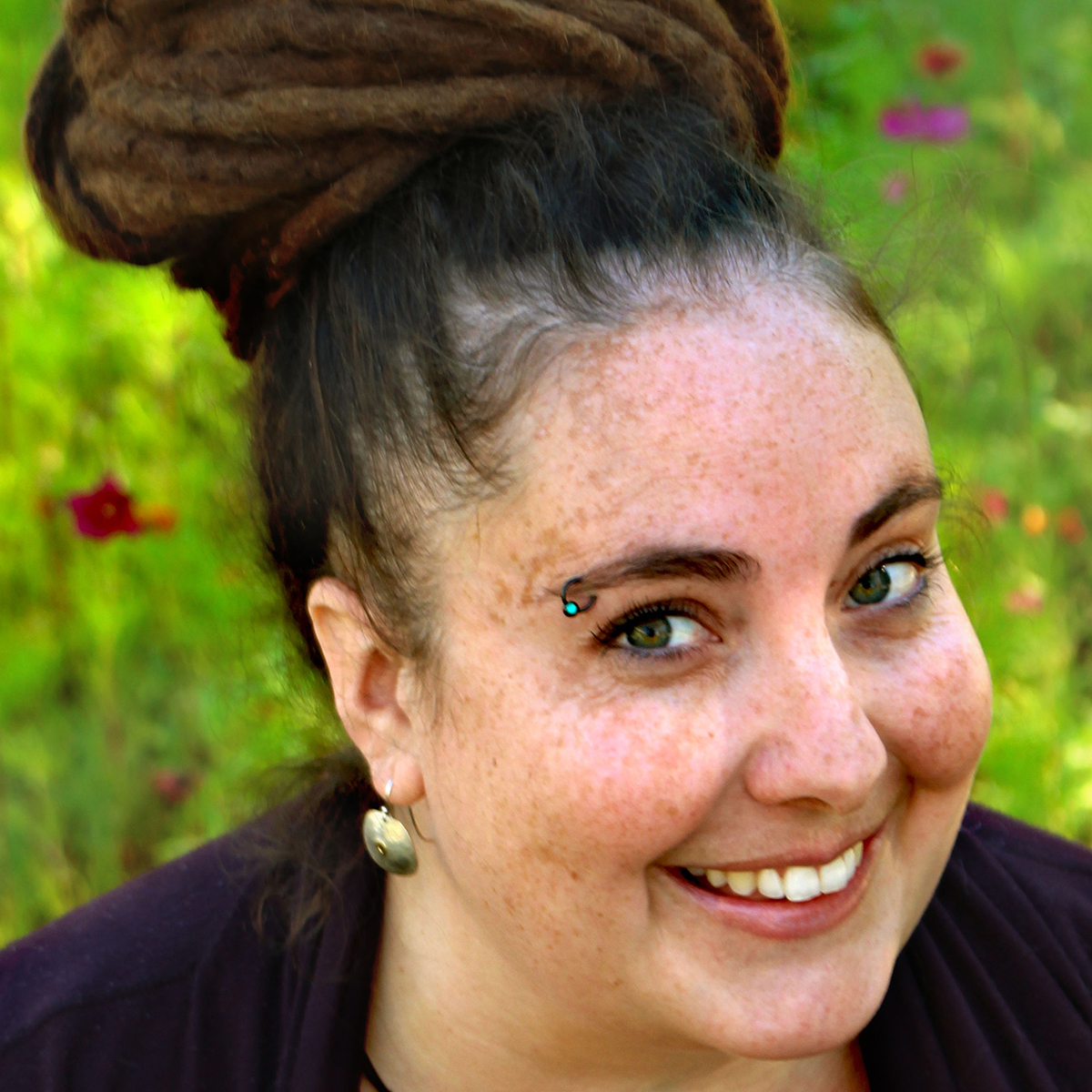
Tabar Gifford works as an American Meadows Master Gardener, and has a lifelong love for gardening and nature. With a background in environmental studies and sustainable community development, she enjoys combining her horticultural expertise with a commitment to education.
FAQs
Is lavender an edible evergreen?
Yes, most lavender varieties are technically classed as evergreens, retaining their silver foliage through fall and winter. However, in cooler regions, they can look washed out and may even lose some leaves during a cold snap. So, while they are technically evergreen, they do not have quite the same impact in December as they do in July.
Using fragrant and edible plants is a good idea in any size yard. Adding a sensory dimension to borders and containers is important, and evergreens which provide interest in fall and winter can help to lift the spirits at a time when it is most needed. For another native option, why not learn how to grow creeping juniper, which works well as an evergreen ground cover and releases a light fragrance when brushed.
Sign up to the Homes & Gardens newsletter
Design expertise in your inbox – from inspiring decorating ideas and beautiful celebrity homes to practical gardening advice and shopping round-ups.

Thomas is a Content Editor within the Gardens Team at Homes and Gardens. He has worked as a professional gardener for both public spaces and private estates, specializing in productive gardening, growing food and flowers. Trained in Horticulture at the Garden Museum, he has written on gardening and garden history for various publications, including The English Garden, Gardens Illustrated, Hortus, The London Gardener and Bloom. He has co-authored a Lonely Planet travel book, The Tree Atlas, due out in 2024.
You must confirm your public display name before commenting
Please logout and then login again, you will then be prompted to enter your display name.
-
 I tried using a paper towel holder to organize trash bags – it’s a sleek and space-saving solution that will transform cramped storage spots
I tried using a paper towel holder to organize trash bags – it’s a sleek and space-saving solution that will transform cramped storage spotsIt makes changing liners around the house so much easier
By Eve Smallman
-
 Julianne Hough's Scandinavian-inspired wellness area is stunningly chic – the striking design is a brilliant way to create consistency in your health journey
Julianne Hough's Scandinavian-inspired wellness area is stunningly chic – the striking design is a brilliant way to create consistency in your health journeyA natural wood sauna and cold plunge look gorgeous in Julianne Hough's backyard – an expert explains the unexpected wellness benefits
By Sophie Edwards
-
 How to grow lupine – expert advice on growing this dramatic and vibrant cottage garden flower
How to grow lupine – expert advice on growing this dramatic and vibrant cottage garden flowerVibrantly colored flower stalks make swathes of lupines a sight to see in meadows and cut flower gardens alike
By Ellen Wells
-
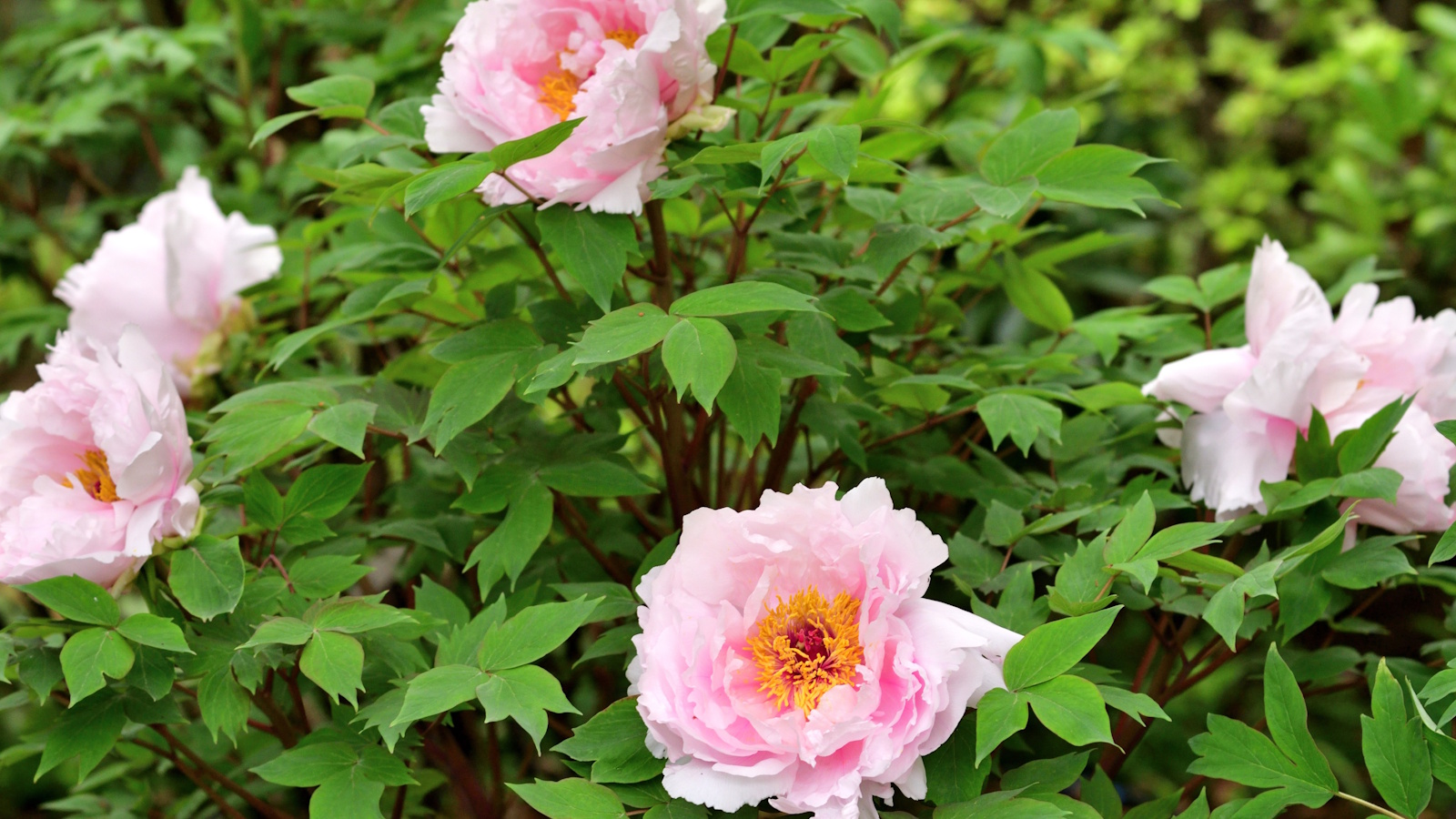 How to grow tree peonies in pots – for a show-stopping shrub that will thrive in partially shaded yards
How to grow tree peonies in pots – for a show-stopping shrub that will thrive in partially shaded yardsWith large, saucer-like blooms, tree peonies are the ultimate flowering shrub
By Thomas Rutter
-
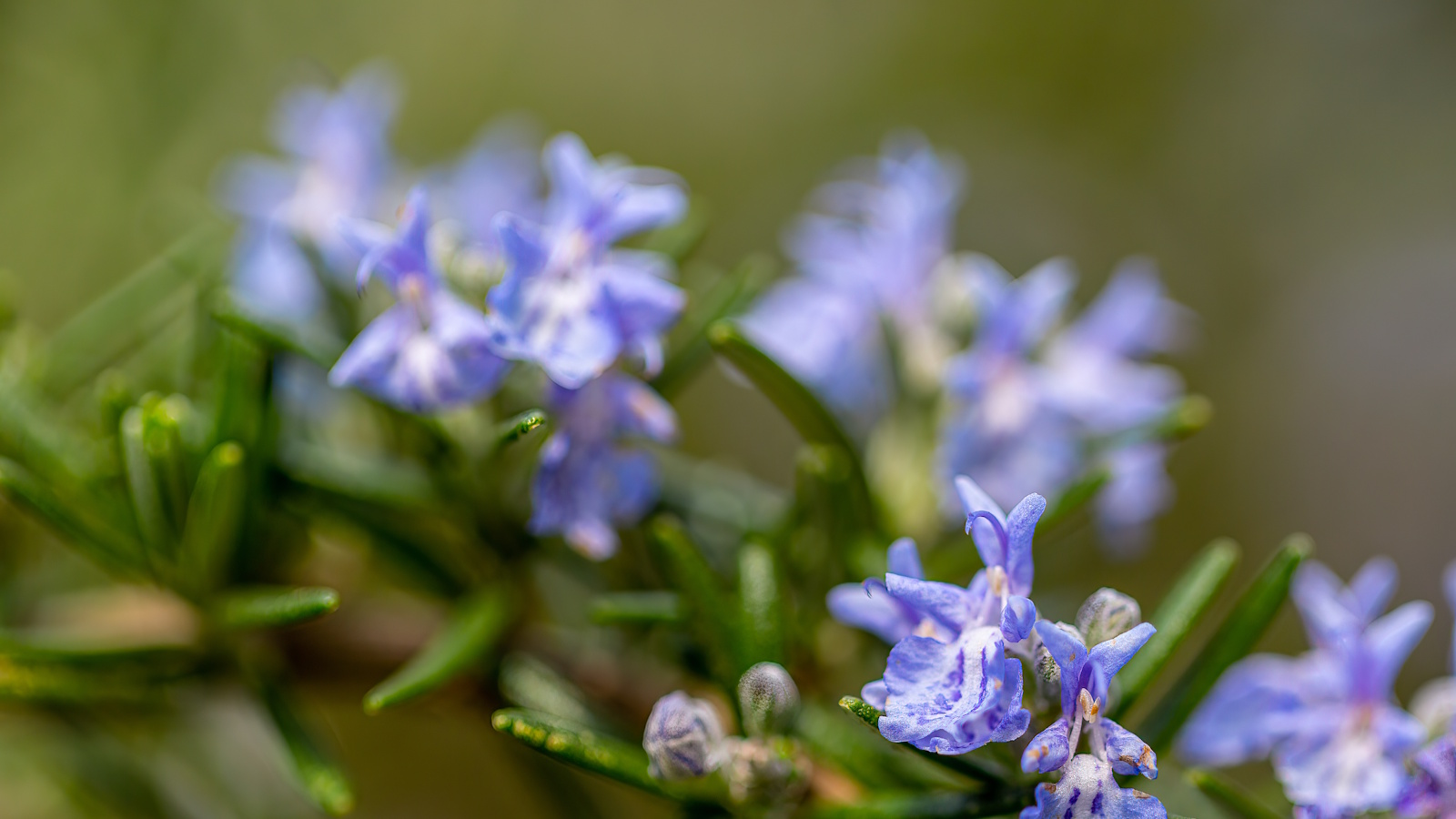 Can you revive woody rosemary plants? Expert pruning advice from a professional gardener to save old, leggy herbs
Can you revive woody rosemary plants? Expert pruning advice from a professional gardener to save old, leggy herbsWith the right pruning approach, old and woody rosemary plants can be brought back to life
By Thomas Rutter
-
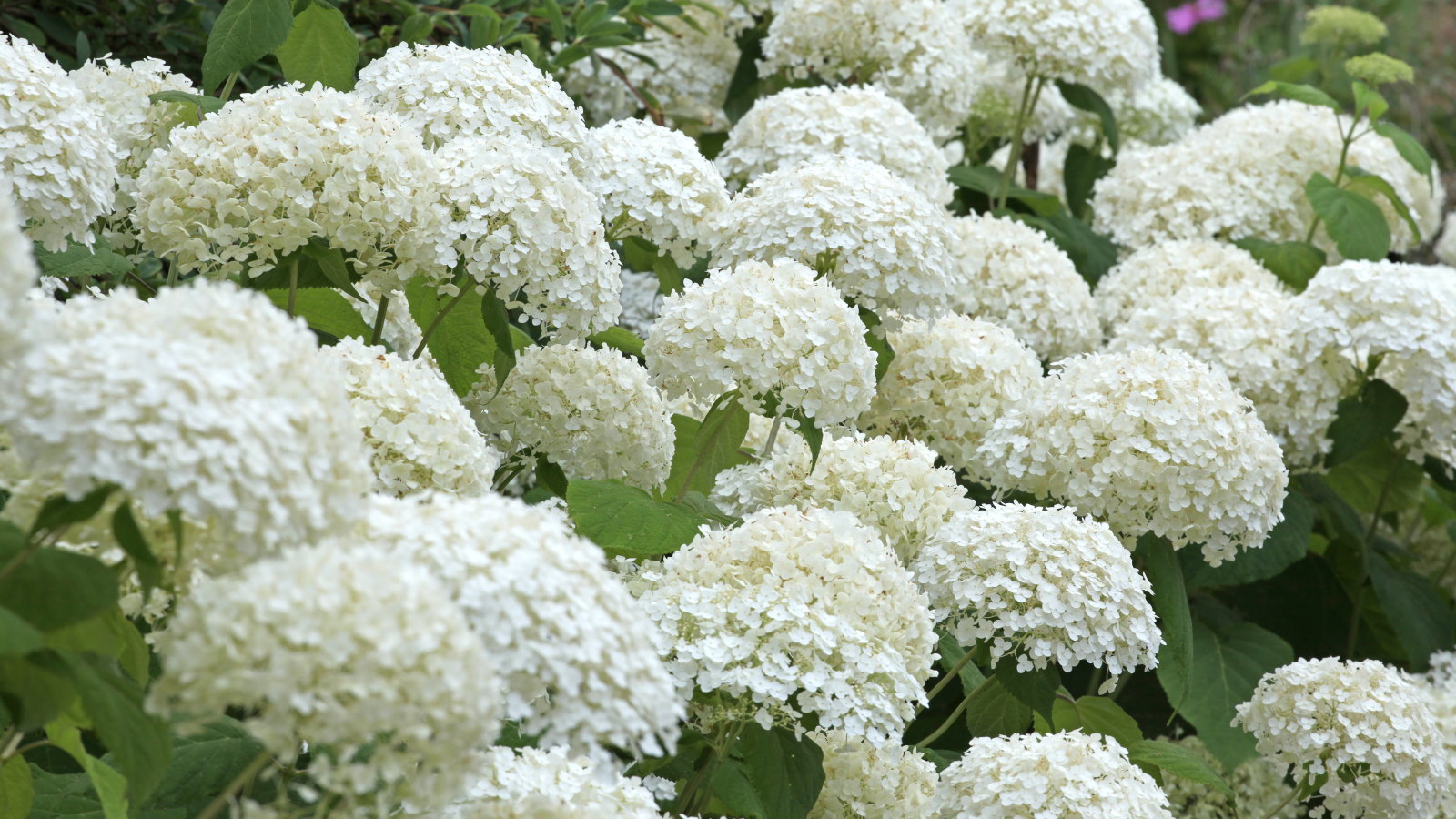 Your hydrangeas will flourish with bigger blooms and healthier growth thanks to this 1 natural material that is easy to use
Your hydrangeas will flourish with bigger blooms and healthier growth thanks to this 1 natural material that is easy to useDiscover why you should be using leaf mold to mulch hydrangeas
By Drew Swainston
-
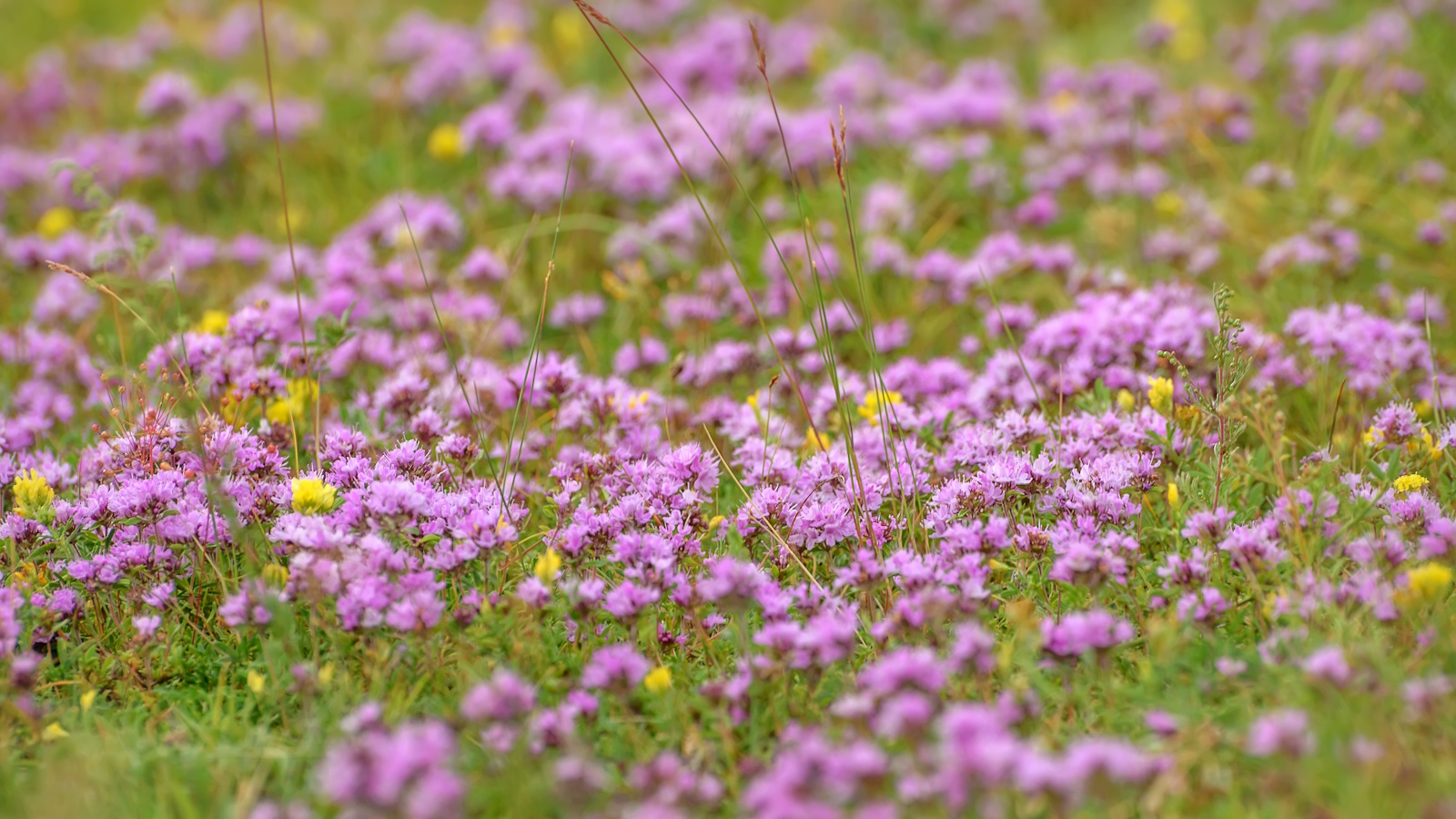 5 fast-growing tiny flowers – expert recommendations to fill your pots and borders with color in record time
5 fast-growing tiny flowers – expert recommendations to fill your pots and borders with color in record timeThese fast-growing tiny flowers prove that miniature can also be marvelous
By Thomas Rutter
-
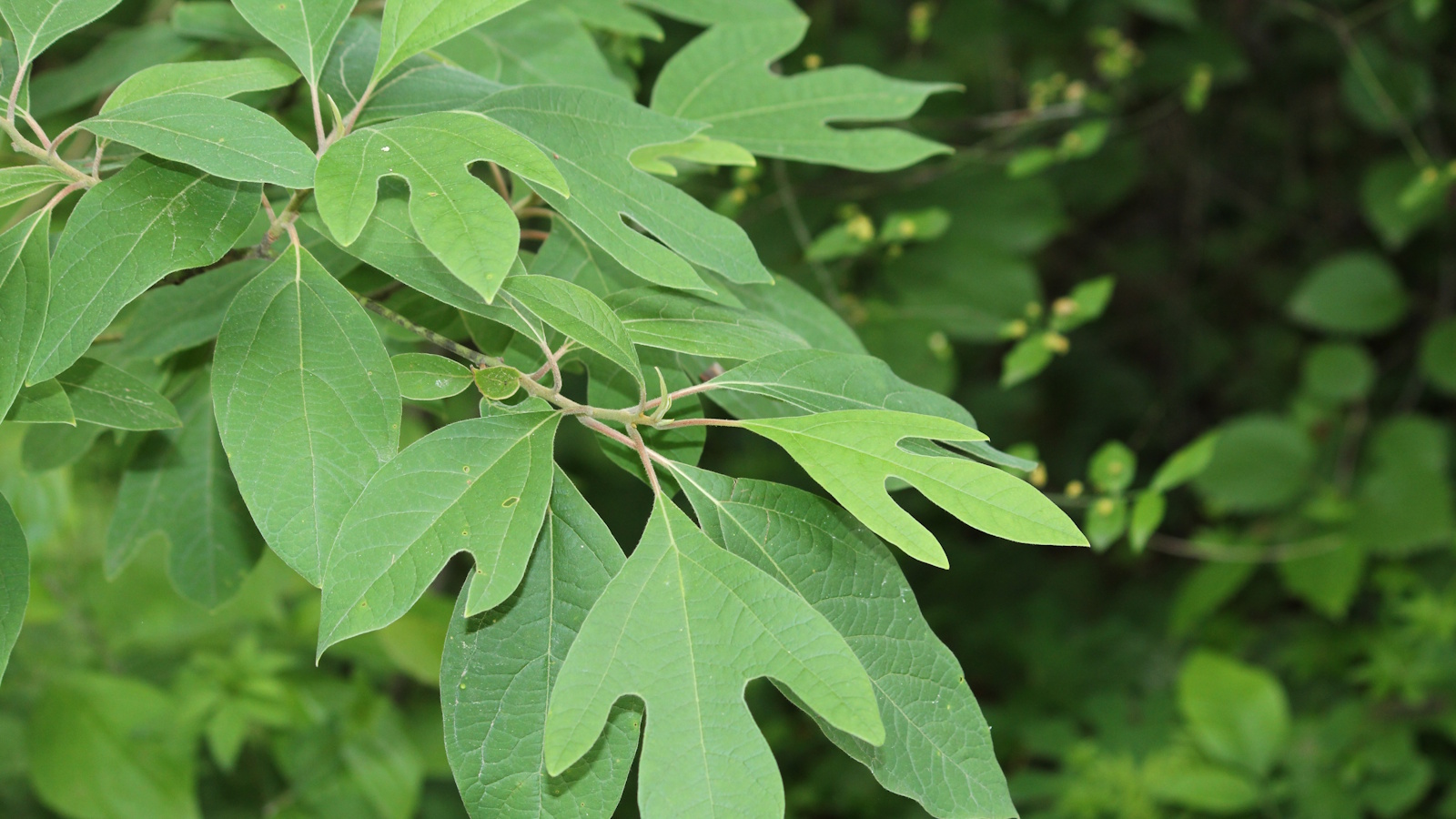 How to grow sassafras – for a low-maintenance native tree that can even be planted in shady yards
How to grow sassafras – for a low-maintenance native tree that can even be planted in shady yardsFor an easy-to-grow North American tree, you will not find much better than sassafras
By Thomas Rutter
-
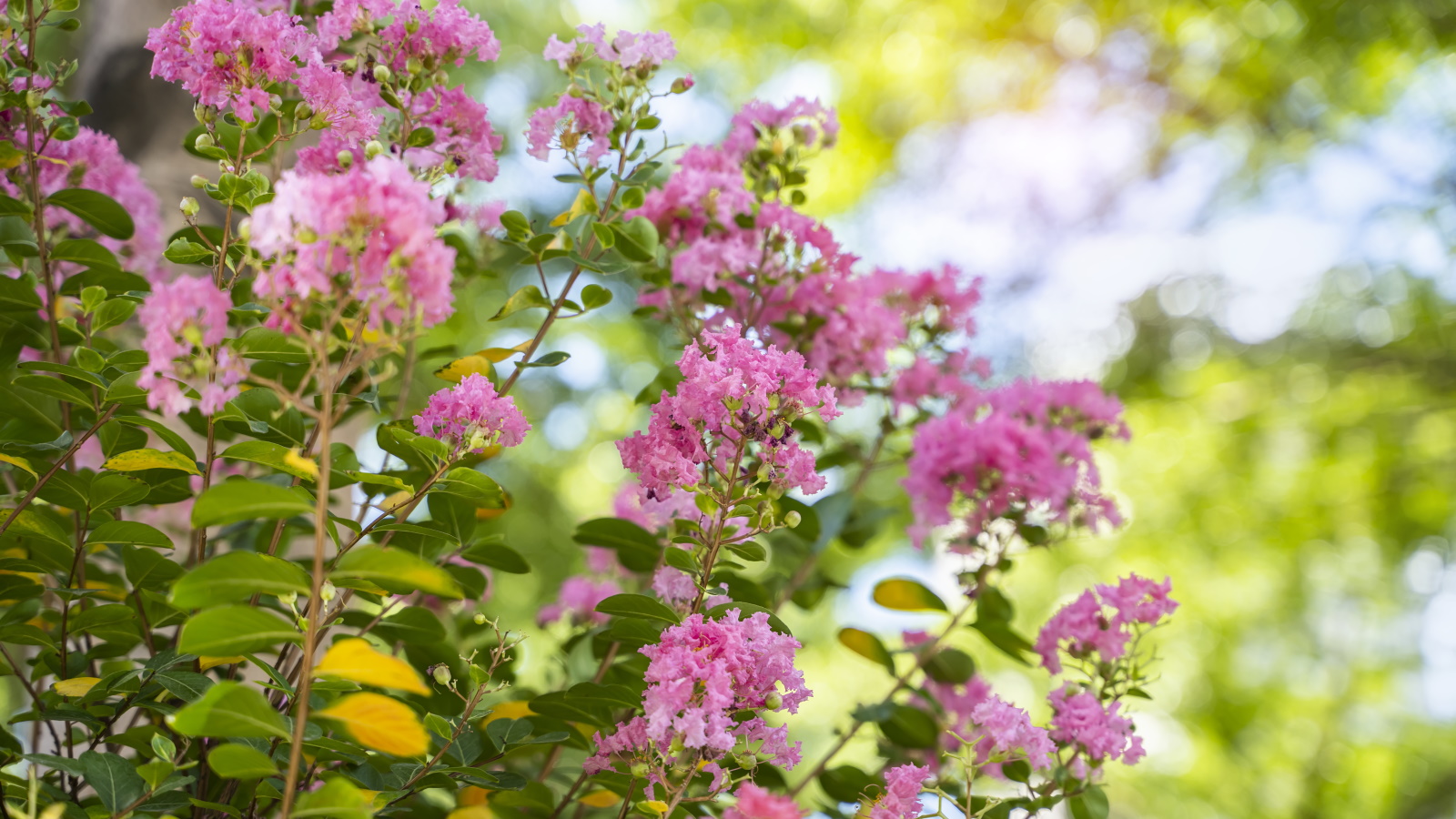 How to grow crepe myrtle in pots – and transform even the smallest of yards with dazzling flowers this summer
How to grow crepe myrtle in pots – and transform even the smallest of yards with dazzling flowers this summerGrowing crepe myrtles in pots will inject splashes of brilliant color into your outside space
By Thomas Rutter
-
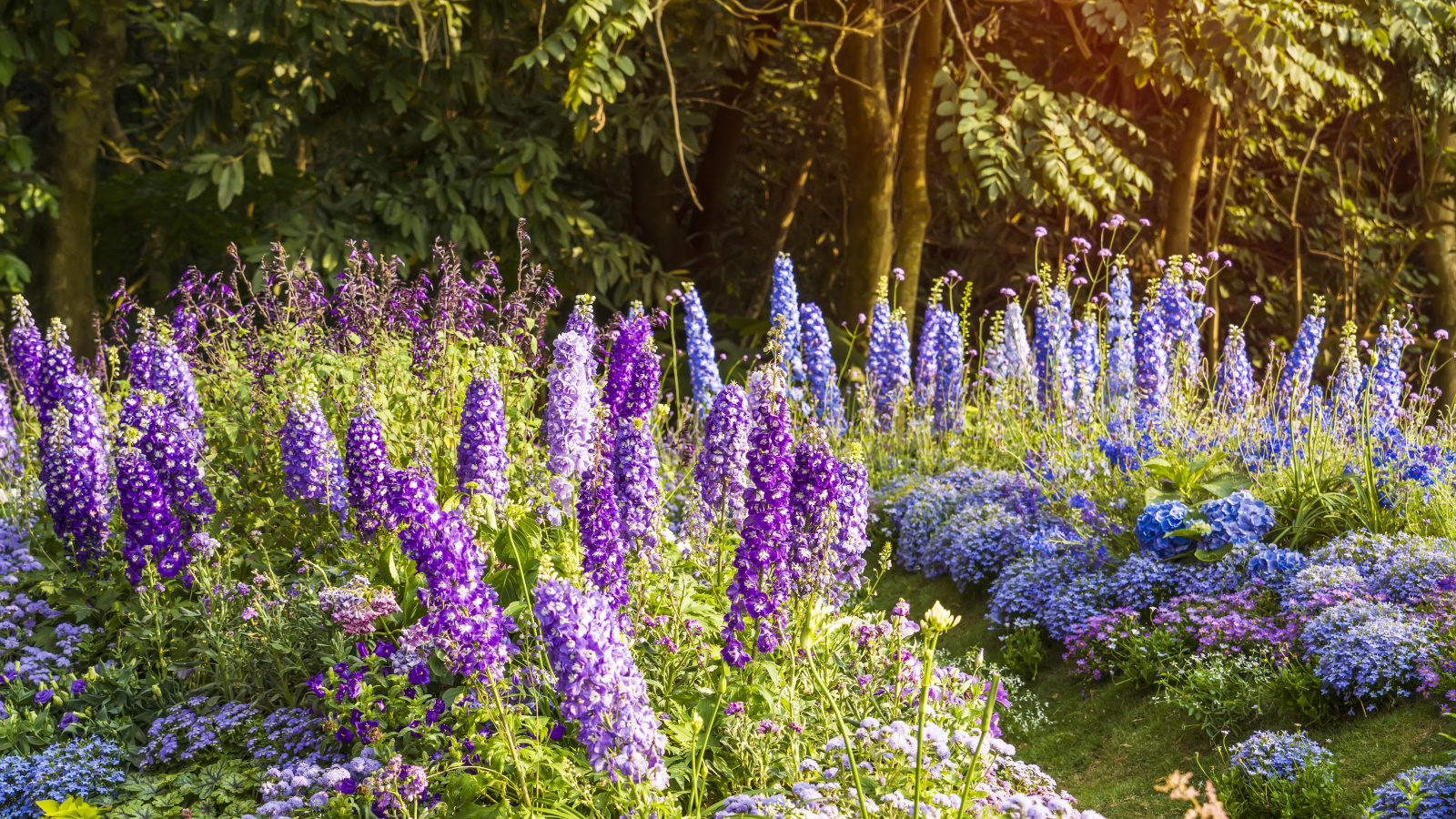 Best types of delphiniums – 14 stunning varieties for vibrant flower spikes in your yard
Best types of delphiniums – 14 stunning varieties for vibrant flower spikes in your yardPlants Here are our top types of delphiniums for brightening summer borders
By Holly Crossley
